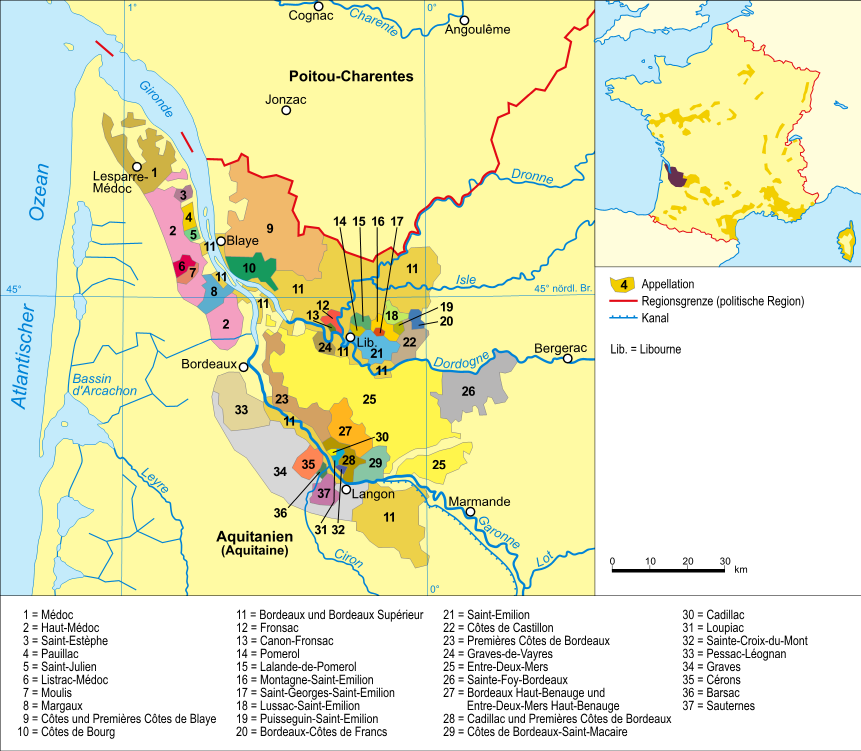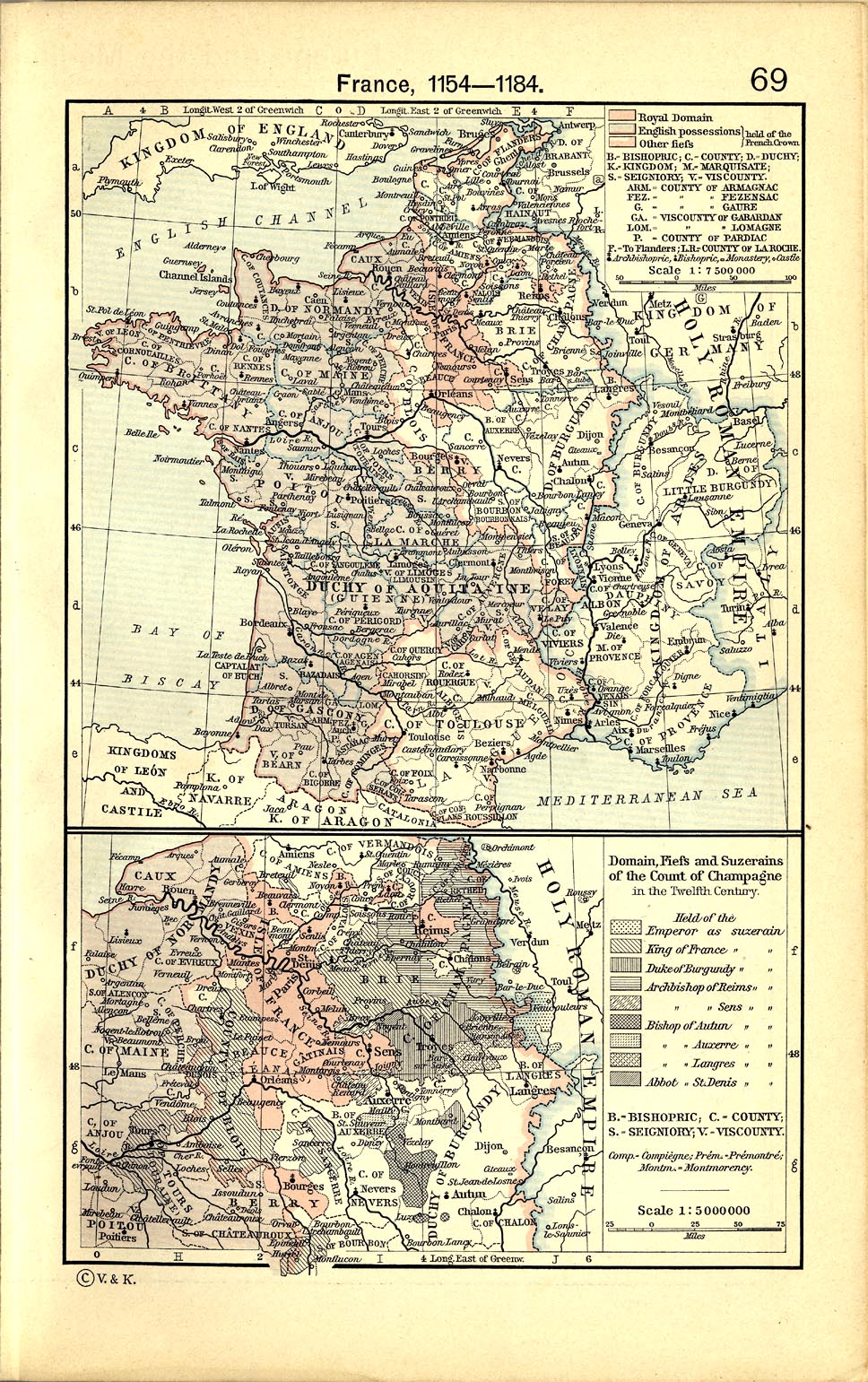|
Vine Pull
Vine pull schemes are programs whereby grape growers receive a financial incentive to pull up their grape vines, a process known as ''arrachage'' in French. A large program of this kind was initiated by the European Union ( EU) in 1988 to reduce the wine lake glut from overproduction and declining demand. In the first five years of the program, growers, mainly in southern France and southern Italy, were paid to destroy 320,000 hectares or of vineyard. This was the equivalent to the entire vineyard area of the world's fourth largest grower of grapes, the United States. The EU has recently resumed a vine pull scheme and Plan Bordeaux proposes additional vine pulls to increase prices for generic Bordeaux wine. It is believed that this has contributed to the "global wine shortage". Research by America's Morgan Stanley Morgan Stanley is an American multinational investment bank and financial services company headquartered at 1585 Broadway in Midtown Manhattan, New York City. W ... [...More Info...] [...Related Items...] OR: [Wikipedia] [Google] [Baidu] |
Grape
A grape is a fruit, botanically a berry, of the deciduous woody vines of the flowering plant genus ''Vitis''. Grapes are a non- climacteric type of fruit, generally occurring in clusters. The cultivation of grapes began approximately 8,000 years ago, and the fruit has been used as human food throughout its history. Eaten fresh or in dried form (as raisins, currants and sultanas), grapes also hold cultural significance in many parts of the world, particularly for their role in winemaking. Other grape-derived products include various types of jam, juice, vinegar and oil. History The Middle East is generally described as the homeland of grapes and the cultivation of this plant began there 6,000–8,000 years ago. Yeast, one of the earliest domesticated microorganisms, occurs naturally on the skins of grapes, leading to the discovery of alcoholic drinks such as wine. The earliest archeological evidence for a dominant position of wine-making in human culture dates f ... [...More Info...] [...Related Items...] OR: [Wikipedia] [Google] [Baidu] |
Vine
A vine is any plant with a growth habit of trailing or scandent (that is, climbing) stems, lianas, or runners. The word ''vine'' can also refer to such stems or runners themselves, for instance, when used in wicker work.Jackson; Benjamin; Daydon (1928). ''A Glossary of Botanic Terms with their Derivation and Accent'', 4th ed. London: Gerald Duckworth & Co. In parts of the world, including the British Isles, the term "vine" usually applies exclusively to grapevines, while the term "climber" is used for all climbing plants. Growth forms Certain plants always grow as vines, while a few grow as vines only part of the time. For instance, poison ivy and bittersweet can grow as low shrubs when support is not available, but will become vines when support is available. A vine displays a growth form based on very long stems. This has two purposes. A vine may use rock exposures, other plants, or other supports for growth rather than investing energy in a lot of supportive tissu ... [...More Info...] [...Related Items...] OR: [Wikipedia] [Google] [Baidu] |
European Union
The European Union (EU) is a supranational union, supranational political union, political and economic union of Member state of the European Union, member states that are Geography of the European Union, located primarily in Europe. The union has a total area of and an estimated population of over 449million as of 2024. The EU is often described as a ''sui generis'' political entity combining characteristics of both a federation and a confederation. Containing 5.5% of the world population in 2023, EU member states generated a nominal gross domestic product (GDP) of around €17.935 trillion in 2024, accounting for approximately one sixth of global economic output. Its cornerstone, the European Union Customs Union, Customs Union, paved the way to establishing European Single Market, an internal single market based on standardised European Union law, legal framework and legislation that applies in all member states in those matters, and only those matters, where the states ... [...More Info...] [...Related Items...] OR: [Wikipedia] [Google] [Baidu] |
Wine Lake
Wine lake is a cultural phrase referring to the phenomenon of perceived overproduction of wine in the European Union. The phenomenon first came in perception & persistence around the mid-1980s and reemerged in the mid-2000s as a significant issue. The EU's Common Agricultural Policy contained a number of subsidies for wine producers, leading to a supply glut. This surplus forced an overhaul of EU farm policies. In 2007 it was reported that for the previous several vintages, Europe had been producing 1.7 billion more bottles of wine than they sold. Hundreds of millions of bottles of wine had been turned into industrial alcohol every year, a practice that had sometimes been described as "emergency distillation" at a cost to taxpayers of €500 million per year. A major contributor was reported to be Languedoc-Roussillon wine production, which used one third of the grapes grown in France. One of the proposed remedies to wine lake was Plan Bordeaux, an initiative introduced i ... [...More Info...] [...Related Items...] OR: [Wikipedia] [Google] [Baidu] |
Overproduction
In economics, overproduction, oversupply, excess of supply, or glut refers to excess of supply over demand of products being offered to the market. This leads to lower prices and/or unsold goods along with the possibility of unemployment. The demand side equivalent is underconsumption; some consider supply and demand two sides to the same coin – excess supply is only relative to a given demand, and insufficient demand is only relative to a given supply – and thus consider overproduction and underconsumption equivalent. In lean thinking, overproduction of goods or goods in process is seen as one of the seven wastes (Japanese term: '' muda'') which do not add value to a product, and is considered "the most serious" of the seven.EKU OnlineThe Seven Wastes of Lean Manufacturing ''Eastern Kentucky University'', accessed 6 March 2023 Overproduction is often attributed to previous overinvestment – creation of excess productive capacity, which must then either lie idle ( ... [...More Info...] [...Related Items...] OR: [Wikipedia] [Google] [Baidu] |
Vineyard
A vineyard ( , ) is a plantation of grape-bearing vines. Many vineyards exist for winemaking; others for the production of raisins, table grapes, and non-alcoholic grape juice. The science, practice and study of vineyard production is known as viticulture. Vineyards are often characterised by their , a French term loosely translating as "a sense of place" that refers to the specific geographical and geological characteristics of grapevine plantations, which may be imparted to the wine itself. History The earliest evidence of wine production dates from between 6000 and 5000 BC. Wine making technology improved considerably with the ancient Greeks but it was not until the end of the Roman Empire that cultivation techniques as we know them were common throughout Europe. In medieval Europe the Catholic Church was a staunch supporter of wine, which was necessary for the celebration of the Mass (liturgy), Mass. During the lengthy instability of the Middle Ages, the monasteries m ... [...More Info...] [...Related Items...] OR: [Wikipedia] [Google] [Baidu] |
Plan Bordeaux
Bordeaux wine (; ) is produced in the Bordeaux region of southwest France, around the city of Bordeaux, on the Garonne River. To the north of the city, the Dordogne River joins the Garonne forming the broad estuary called the Gironde; the Gironde department, with a total vineyard area of 110,800 hectares, is the second largest wine-growing area in France behind the Languedoc-Rousillon. Average vintages produce over 700 million bottles of wine, ranging from large quantities of daily table wine to some of the world's most expensive and prestigious wines. The vast majority of wine produced in Bordeaux is red (sometimes called "claret" in Britain), with sweet white wines (most notably Sauternes), dry whites, and (in much smaller quantities) rosé and sparkling wines ( Crémant de Bordeaux) collectively making up the remainder. Bordeaux wine is made by more than 5,660 producers or ''châteaux''. There are 65 appellations of Bordeaux wine. History Viticulture was introduced i ... [...More Info...] [...Related Items...] OR: [Wikipedia] [Google] [Baidu] |
Bordeaux Wine
Bordeaux wine (; ) is produced in the Bordeaux region of southwest France, around the city of Bordeaux, on the Garonne River. To the north of the city, the Dordogne River joins the Garonne forming the broad estuary called the Gironde; the Gironde department, with a total vineyard area of 110,800 hectares, is the second largest wine-growing area in France behind the Languedoc-Rousillon. Average vintages produce over 700 million bottles of wine, ranging from large quantities of daily table wine to some of the world's most expensive and prestigious wines. The vast majority of wine produced in Bordeaux is red (sometimes called "claret" in Britain), with sweet white wines (most notably Sauternes), dry whites, and (in much smaller quantities) rosé and sparkling wines ( Crémant de Bordeaux) collectively making up the remainder. Bordeaux wine is made by more than 5,660 producers or ''châteaux''. There are 65 appellations of Bordeaux wine. History Viticulture was introduce ... [...More Info...] [...Related Items...] OR: [Wikipedia] [Google] [Baidu] |
Morgan Stanley
Morgan Stanley is an American multinational investment bank and financial services company headquartered at 1585 Broadway in Midtown Manhattan, New York City. With offices in 42 countries and more than 80,000 employees, the firm's clients include corporations, governments, institutions, and individuals. Morgan Stanley ranked No. 61 in the 2023 Fortune 500 list of the largest United States corporations by total revenue and in the same year ranked #30 in Forbes Global 2000. The original Morgan Stanley, formed by J.P. Morgan & Co. partners Henry Sturgis Morgan (a grandson of J.P. Morgan), Harold Stanley, and others, came into existence on September 16, 1935, in response to the Glass–Steagall Act, which required the splitting of American commercial and investment banking businesses. In its first year, the company operated with a 24% market share (US$1.1 billion) in public offerings and private placements. The current Morgan Stanley is the result of the merger of the origi ... [...More Info...] [...Related Items...] OR: [Wikipedia] [Google] [Baidu] |




